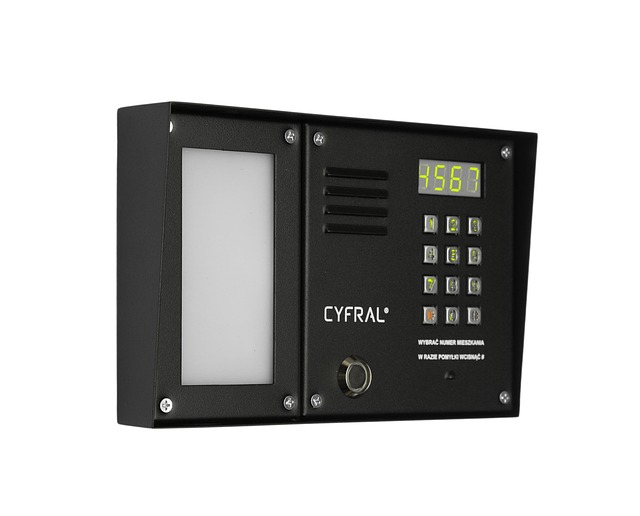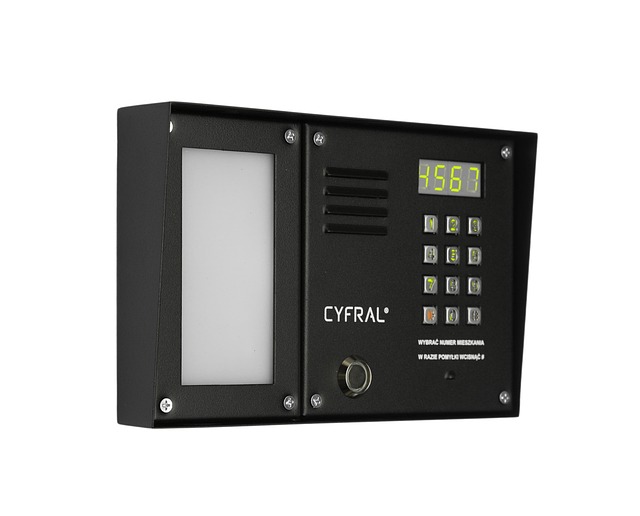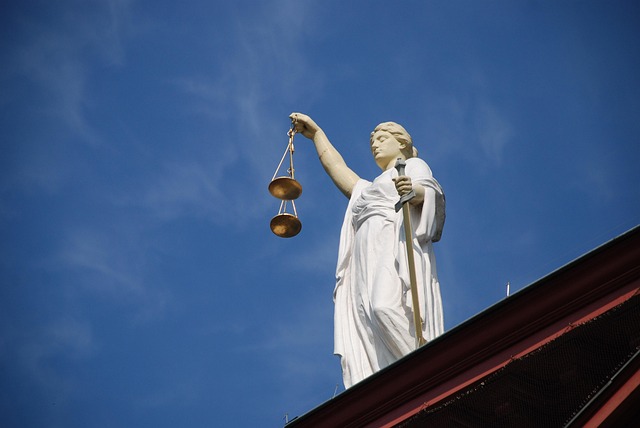Landlords in real estate bear crucial maintenance responsibilities for safe, livable spaces, including regular upkeep and addressing critical systems. Clear communication and well-drafted agreements prevent disputes and maintain property integrity. Effective communication through regular check-ins, tech tools strengthens relationships, enhances property value, and boosts tenant retention in competitive markets.
In the dynamic realm of real estate, maintaining properties is a key aspect of being a landlord. Ensuring timely and effective maintenance can significantly impact tenant satisfaction and property value. This article guides you through crucial steps, including understanding legal responsibilities, drafting clear agreements, and establishing open communication channels. By implementing these strategies, landlords can navigate maintenance tasks efficiently, fostering positive relationships with tenants and safeguarding their investments.
Understanding Landlord Maintenance Responsibilities

In the real estate world, landlords have specific maintenance responsibilities that are crucial for maintaining a safe and habitable living environment. Understanding these obligations is essential to avoid legal issues and foster good relationships with tenants. Landlords are typically responsible for keeping the property in a clean, secure, and functional state, addressing any repairs promptly. This includes routine upkeep such as lawn care, exterior maintenance, and ensuring all systems like plumbing, electrical, and heating/cooling work properly.
Knowing these responsibilities is vital not only for landlords but also for tenants, as it sets clear expectations. Regular communication between both parties regarding maintenance requests and their resolution can prevent disagreements and ensure the property’s well-being. Landlords must act promptly on maintenance issues to maintain a positive living environment and comply with local housing regulations.
Drafting Clear Maintenance Agreements

When drafting maintenance agreements in real estate, clarity is key. It’s essential to outline specific tasks, responsibilities, and response times for both landlords and tenants. This ensures everyone understands their roles and prevents misunderstandings that could lead to disputes. A well-defined agreement can cover regular upkeep, emergency repairs, and tenant reporting procedures.
Including details like who is responsible for common area maintenance, how quickly repairs should be addressed after notification, and the process for handling routine or significant issues can streamline the entire process. Regular reviews of these agreements are also beneficial, especially in dynamic real estate markets, to ensure they remain effective and aligned with current legal requirements.
Effective Communication for Timely Fixes

Effective communication is key to ensuring timely maintenance fixes in real estate investments. Landlords should establish open lines of dialogue with their tenants and property management teams. Regular check-ins allow for early identification of issues, enabling prompt resolution. Tenants can report problems promptly, while landlords can provide clear updates on repair progress, fostering trust and satisfaction.
Utilizing technology can streamline this process. Online reporting systems or maintenance apps facilitate easy issue tracking and communication. This ensures that every maintenance request is documented, prioritized, and addressed efficiently. Timely communication not only maintains the property’s value but also strengthens the landlord-tenant relationship, leading to longer-term tenant retention in the real estate market.






